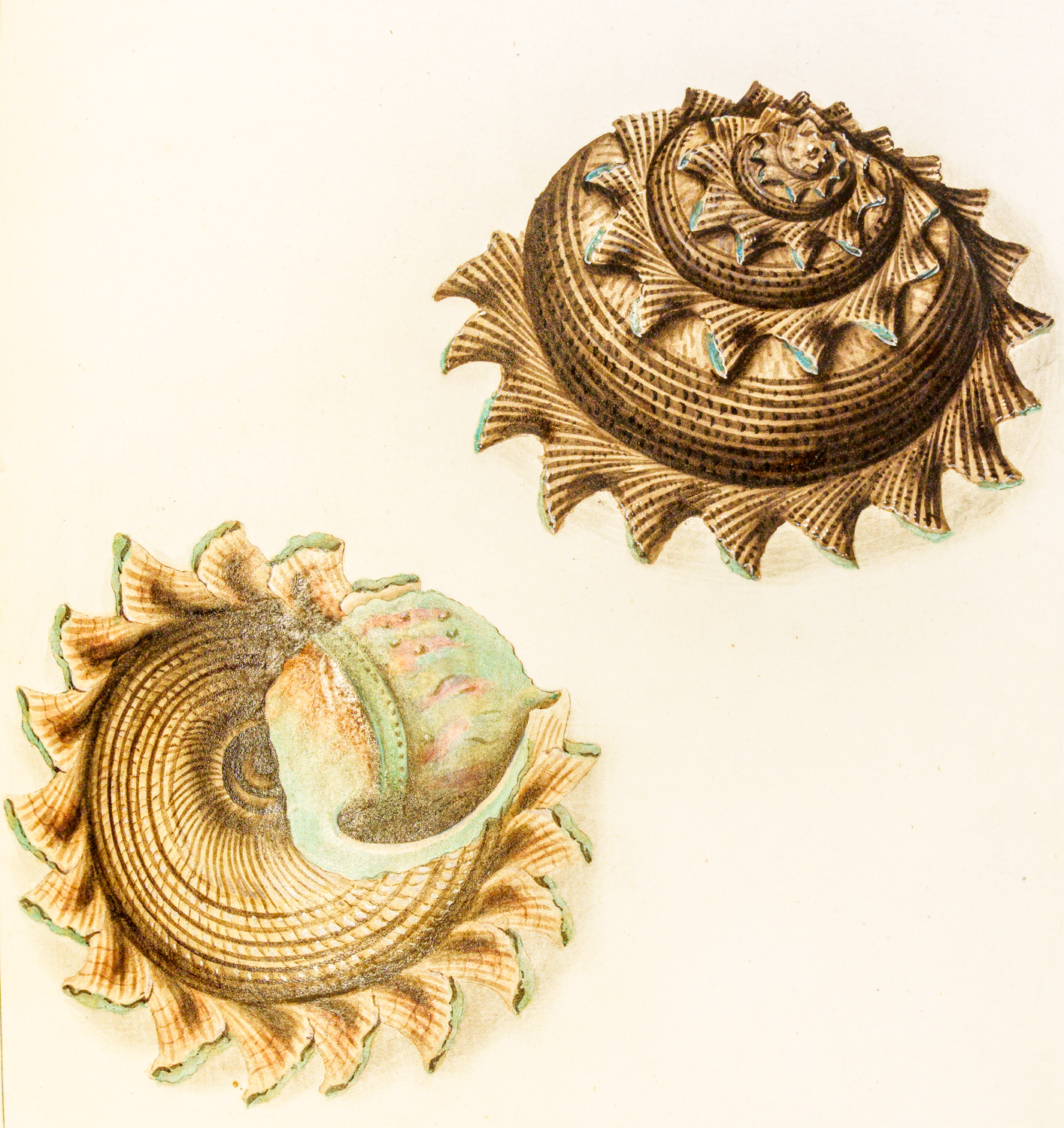
Most of the shells shown are from New Zealand, New South Wales, New Holland, Cape Horn, the Falkland Islands, the Friendly Islands (Tonga), the northwest coast of America, and other places in the Pacific collected mainly on the voyages of Capt. James Cook.
Little is known of the background of Thomas Martyn until he started publishing - his first book was about ballooning and his second the Universal Conchologist 1784. He then published a series of books with a wide variety of subjects including entemology, plants, nature, society and history. Thomas Martyn had social standing as evidenced by the dedication of his book to the King. He was also very ambitious and promoted his Universal Concology by sending copies to many of the crowned heads of Europe and then using their thanks and the medals they sent him for further promotion. Finding he was unable to hire artists of sufficient ability for his publications Martyn started an academy for the painting of Natural History and went about recruiting boys from "good but humble parents". He thus had a ready supply of artists and no doubt hired them cheaply. The coloured engravings show the shells in minute detail and are recognised as some of the best ever published.
This is a beautifully bound "luxury" edition and contains Martyn's own method of classification and description in an "Explanatory Table".
